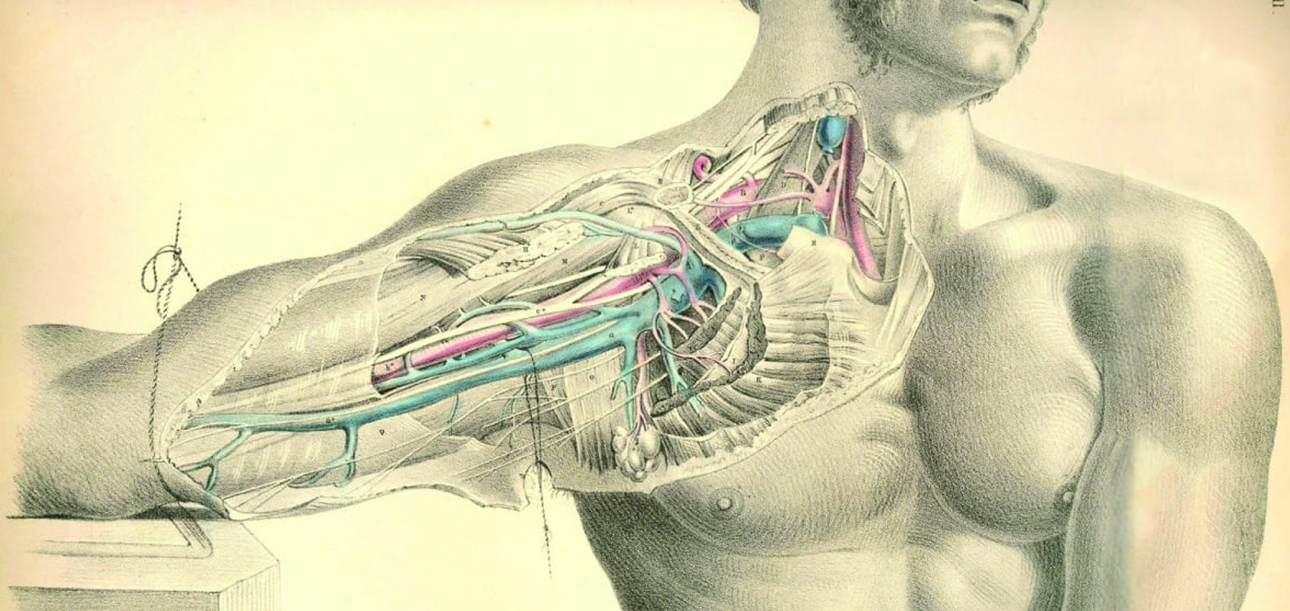Loading

The Department of Anatomy is a foundational department in medical and biological sciences, focusing on the structure of organisms and their parts. Anatomy serves as a crucial discipline for understanding the physical form and organization of the human body, as well as other organisms. The department’s work is essential in medicine, veterinary sciences, dentistry, and other health-related fields, as it provides the groundwork for understanding how the body functions, how disease affects it, and how medical interventions can be applied.
Anatomy is the branch of science concerned with the structure of living organisms. In humans and other animals, it deals with the form, structure, and relationship between different body parts, making it fundamental for understanding biology and medicine. Anatomy is closely linked to physiology, which deals with the functions of these structures, but anatomy specifically focuses on how the body is physically built and organized.
The study of the development of an organism from conception through its entire life span, particularly focusing on the development of tissues and organs during the embryonic and fetal stages. A subfield that focuses specifically on the anatomy of the nervous system, including the brain, spinal cord, and peripheral nerves. The study of similarities and differences in the anatomy of different species. It is often used in evolutionary biology to understand the relationships between organisms.